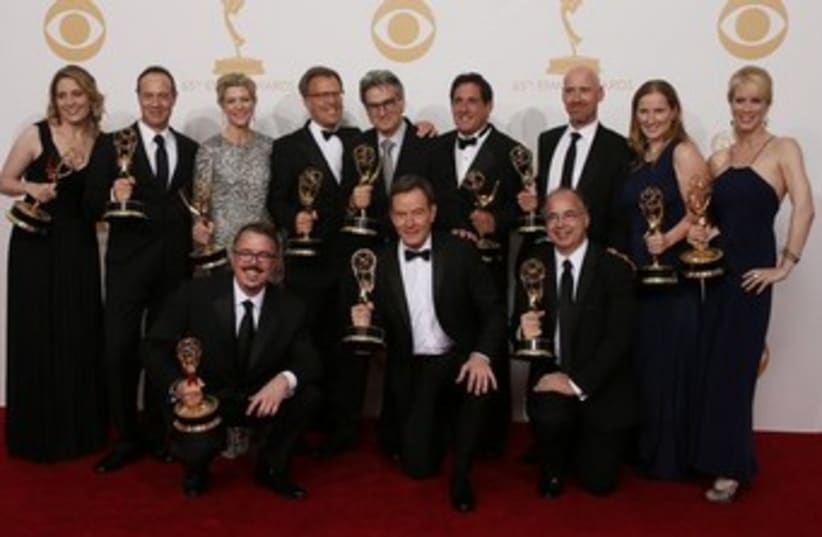‘There’s nothing here but chemistry’: ‘Breaking Bad’ and the philosophy of religion
Like Mary Shelley’s Frankenstein, Breaking Bad is a narrative that both celebrates the power of inspiration and the imagination and admonishes us mercilessly regarding their dangers.
